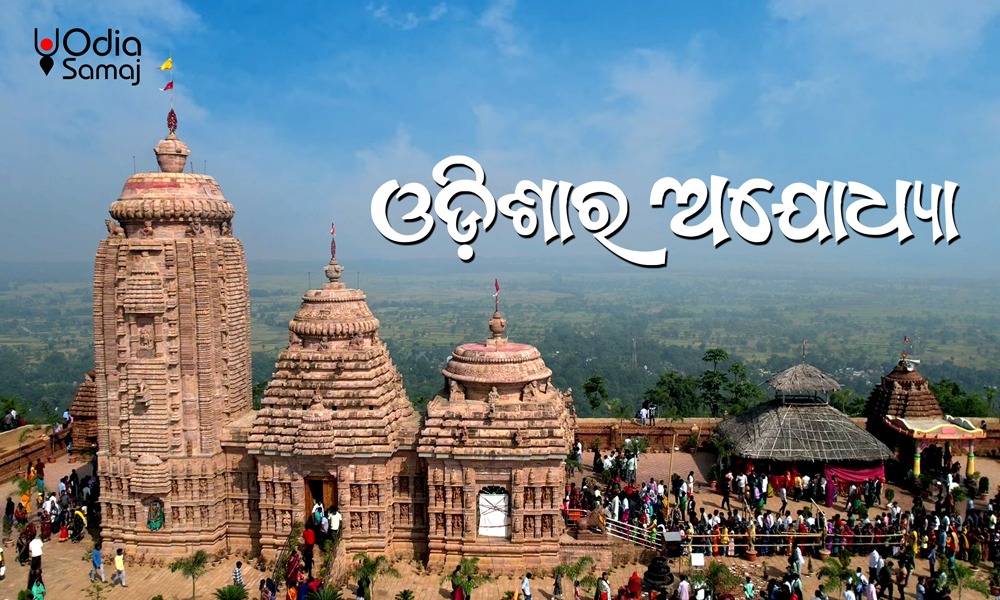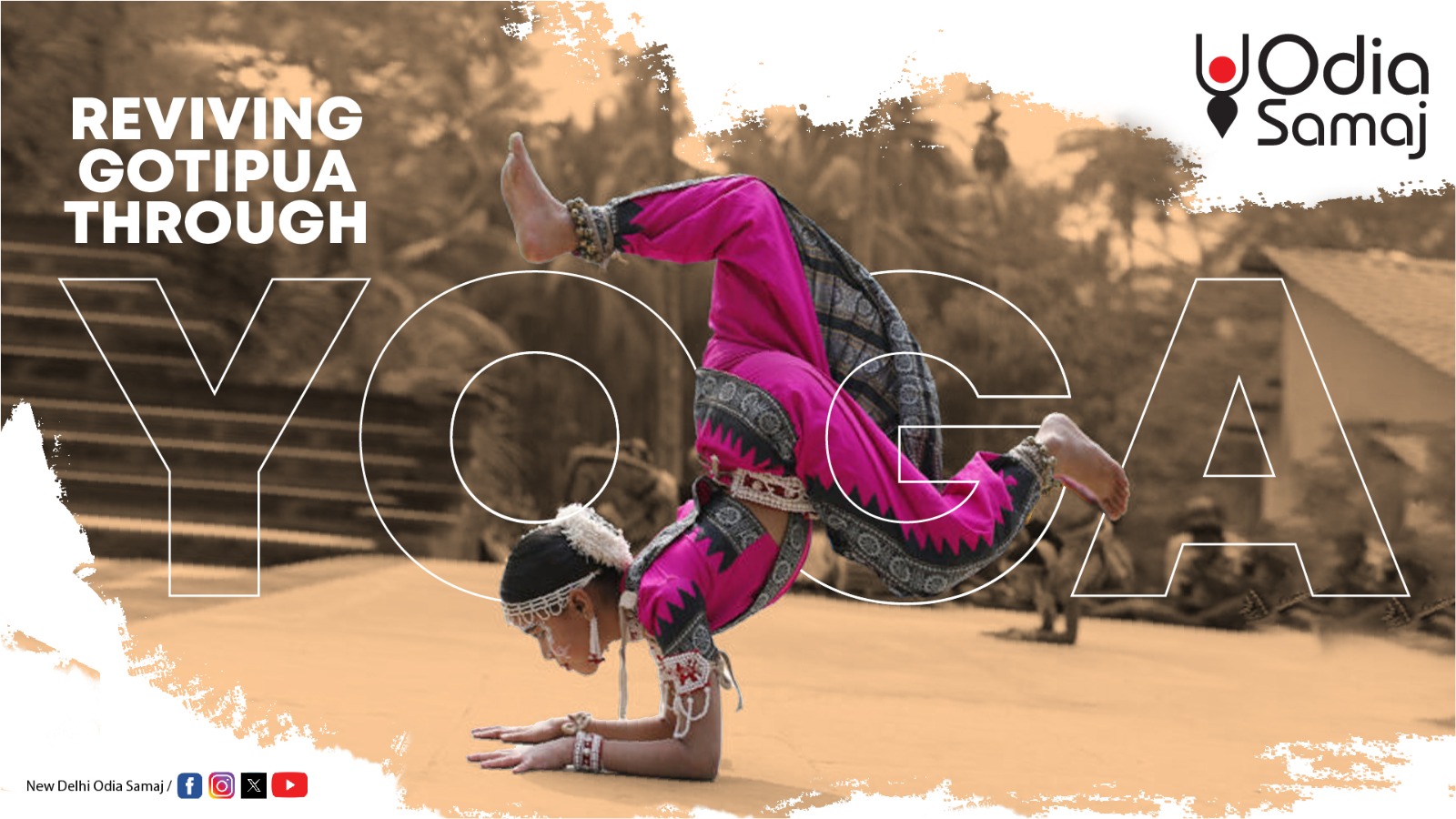Sitabhinji: Whispers From Odisha's Ancient Caves

Odisha, which many people know as the pristine land of Lord Jagannath and home to historical wonders like Konark, is still largely unaware that there are numerous places that lie undiscovered.
If you have ever been to Odisha or are planning to visit, here is one such spot that you ought to visit.There are a number of famous tourist places in Odisha that you must be knowing about. But with Sitabhinji, the experience is going to be different. It is where history whispers its stories. It is where you not only uncover an interesting facet of Odisha’s history, but you will also cherish taking some good pictures for your collection.
Feel the curiosity rising within? They are the Sitabhinji group of rock shelters.
Surrounded by pure serenity, it is a place worth experiencing. Those who visit the place will come across natural rock-cut shelters and pick some good spots for photography. The Kendujhar district holds the Sitabhinji group of rock shelters in its serene environs. Amidst scenery all around, stands the wonder that very few know about—the Ravana Chhaya Rock.
The famous Ravana Chhaya rock houses a mural that has survived for more than a thousand years. Dating back to the 4th century, this painting is one of the earliest examples of tempera-style artwork in India. Embellished with beautiful paintings and inscriptions, each and every aspect of the rock looks so ethereal.
One rock shelter has a large, colorful mural called the Ravanachhaya fresco, while the others are smaller and contain short inscriptions or simple single-color markings.
Situated between two huge boulders, Ravana Chhaya rock shelters exhibit unadulterated beauty. Stacked one upon the other, the rock is shaped like a half-umbrella, which adds to the beauty. The underside of this naturally sheltered section of the rock was carved, smoothed. The inscriptions were carved, and paintings were done around the 4th century CE. This refined surface sits about 22 feet above the ground and extends outward roughly 15 feet. The lower rock bears a crack that exposes the mural to the climate. However, the other part of the mural is quite well-preserved.
One of the finest pieces of art, Ravana Chhaya rock painting, dates back to about 4th-6th century AD. It stands as one of the finest examples of Tempera paintings. The sight of the painting is fascinating.
Below the small inscription are two murals, which are in Sanskrit. The top line reads "Maharaja Sri Disa Bhmaja." The second line is, however, unclear.
Behind every interesting place is a history that adds to the curiosity of the travellers. Are you one of those who love to delve into the history of the place you visit?
The place was already a spiritual destination, long before the paintings began to be drawn. It is believed that the followers of Lord Shiva used this site for worship between the 4th and 6th centuries AD. Local inscriptions have been discovered that further confirm the prominence of Shiva worship in ancient Orissa during the 5th century AD.
We just discussed how interesting its history is. However, there’s also a beautiful mythological touch to this place.
It is believed that Mother Sita once sought refuge in these very caves, living a quiet and a secluded life with her sons, Lav and Kush.
It is said that she raised both her sons, nurturing them with wisdom, love, and strength.
Wait, There Is A Lot More To Discover
You thought that your exploration ended here?
Wait, there is a lot more for you. Especially, you are a traveller-cum-historian, some of the ancient inscriptions were written in early-Odia script, which can capture your interest. Several Sanskrit inscriptions, written in the Prakrit language, are also found at the site. These are short inscriptions that are Shaiva names, which most likely are of pilgrims or monks from the Shiva tradition of Hinduism. The script style suggests that these are 5th to 6th-century inscriptions.
To protect the artwork from water damage, a drainage channel was carved in the rock above the painting. However, over time, parts of the bottom have been worn away.
Sitabhinji isn’t just a destination; it’s an experience
where history, art, nature, and myth effortlessly come together. If Odisha ever
calls you, don’t forget to listen to the whispers hidden in these ancient
rocks, and also do add this to your bucket list.
Wait for the best time to visit Odisha, maybe during the
winters, to experience the place’s beauty at its finest.





